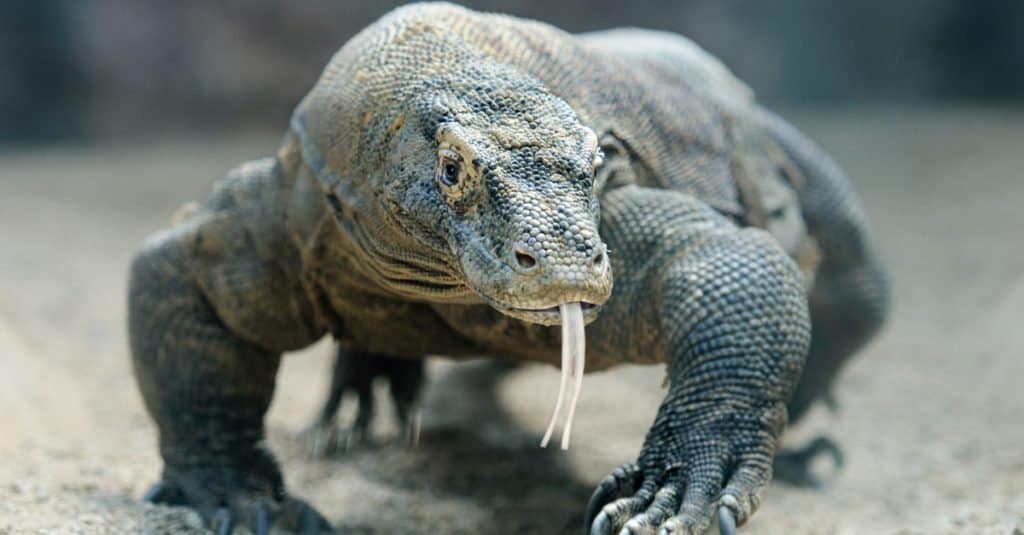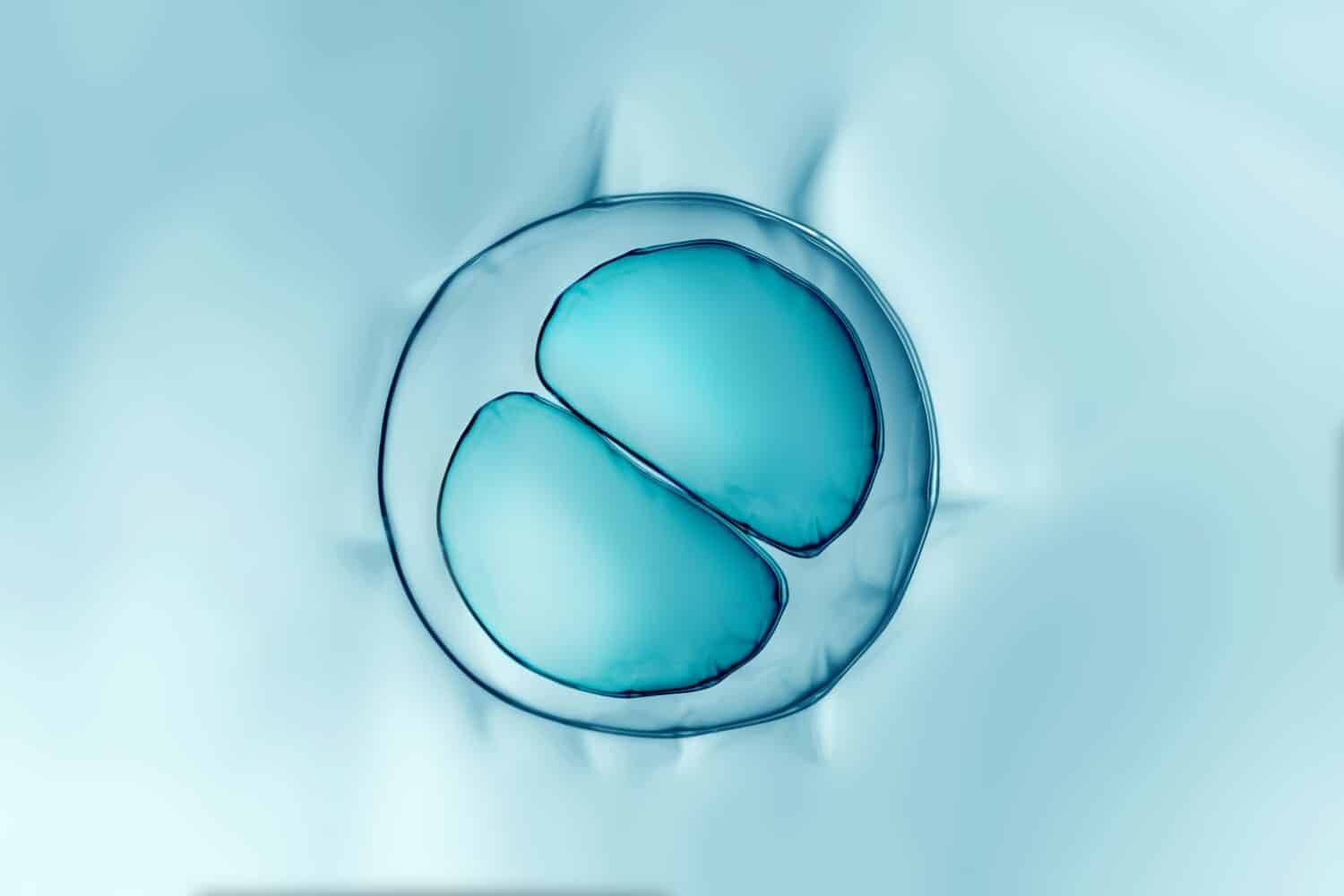It may be arguable in some circles, but most scientists recognize that reproduction is the single most important process for life on Earth. At a scientific level, it’s a biological process. This process results in a combination of material (genes) to create new material (lifeform).
There are two types of reproduction: asexual and sexual. Within those two types, there are multiple levels, including molecular replication, molecular reproduction, and cellular reproduction. Within cellular reproduction, there are four, additional types: binary fission, budding, fragmentation, and parthenogenesis.
Asexual Reproduction
Only one parent is necessary for asexual reproduction, and the genetic combination is facilitated in the above, four ways.
Binary Fission
Binary fission is the parent’s ability to double their DNA. However, it doesn’t end there. With the existence of twin DNA, the parent then doubles itself into two cells.
Parthenogenesis
Parthenogenesis reproduction is the process by which a cell (unfertilized) develops an embryo. The embryo then follows the same growth patterns as any other embryo, eventually forming into an animal.
Budding
Budding mostly takes place with yeast, but there are a few, notable examples within animals. It takes place when a growth “buds” on the animal or yeast. At some point, the growth detaches, changing into its lifeform, separate from the single parent.
Fragmentation
Starfish as well as coral reproduce asexually, through fragmentation. However, most fragmentation occurs mostly in plants. It’s simple in observation, but complicated in practice. The lifeform simply fragments into two or more pieces, all of which change into new lifeforms.

The Komodo Dragon is a large species of lizard that is only found on a handful of islands in the Indonesian archipelago. They reproduce asexually. That is, they do not require a mate to have offspring.
©iStock.com/photomaru
Examples of Species That Reproduce Asexually
Asexual reproduction is not as common as sexual but it does come with the advantage of facilitating explosions in population numbers. Since there is no competition for mates, when it comes to asexual reproduction, species reproduce at will.
- Komodo dragons
- Starfish
- Python snakes
- Ants
- Wasps
- Water Fleas
- Hydras
- Aphids
- Amazon molly fish
- Marbled crayfish
- Whiptail lizards
Sexual Reproduction
Sexual reproduction, unlike asexual reproduction, requires two parents, typically a male and a female. Both parents produce what is known as a “gamete.” Each gamete contains a half DNA from a body cell. The two gametes combine to form a new, separately identified DNA.
The result of the combination of two gametes is known as a zygote. This zygote continues to grow and eventually changes into an embryo.

Two gametes form a zygote.
©Nixx Photography/Shutterstock.com
Why Reproduction is Important
No matter what species is referenced, the ability to reproduce is necessary for the continuation of life. Every species is dependent on it to further propagate the species. Without it, the species will eventually become extinct.




